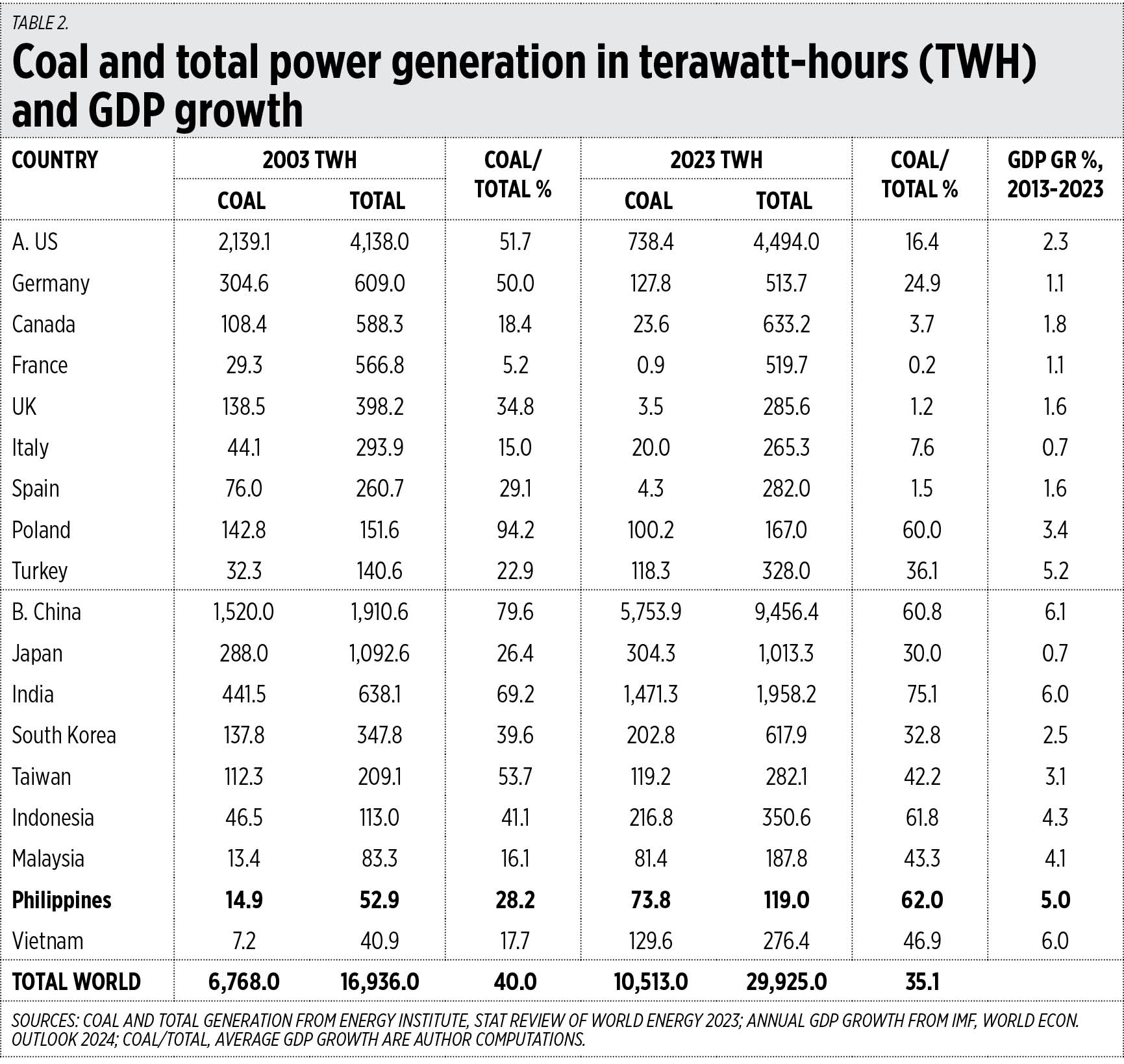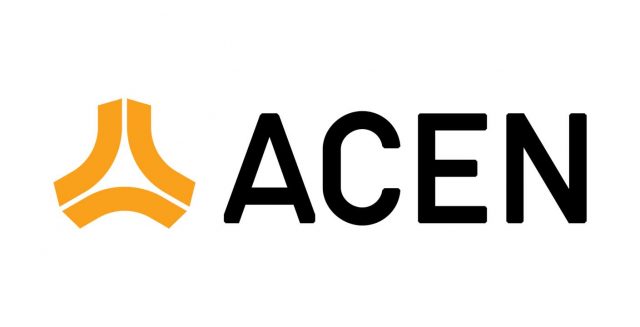Why you should always wash fruit and veg before eating them — and the best technique to use
EATING fruits and vegetables every day is a great way to stay healthy — just make sure you wash them properly first.
While most people are aware of the dangers raw meat and fish can pose to health, many consider fresh produce to be “safe.” But each year, one in 10 people gets ill by eating unsafe food — and approximately 46% of these cases of food-borne illness come from eating vegetables and fruit.
The fact is most fresh produce is grown in the open where anyone or anything — such as insects and birds — can touch it. This means as well as dirt, unwashed produce may contain a variety of potentially harmful matter — including bacteria, fungi, viruses and pesticides.
Fresh produce may also become contaminated during packaging, preparation, or storage. Even produce grown in greenhouses hydroponically can still harbor germs and pesticides.
Washing fruits and vegetables is of real food safety importance. But what’s the best way to do it?
WASHING YOUR PRODUCE
First, wash your hands. This prevents germs on your skin from contaminating the produce you’re cleaning.
The simplest and safest way to wash fresh produce is by hand, under cold, running water. Rub the fruits and veggies with your hands to remove dirt, pesticides and some surface germs. Wash until the surface no longer looks dirty. If you’re going to soak produce in water, make sure you use a clean bowl instead of the sink — which may be full of germs.
Never wash produce with detergent or bleach, as the skin of some fruits and veg are porous and could absorb these chemicals. This could not only change their taste and texture, but could make them unsafe to eat.
There are some safe chemical methods for cleaning your fruits and veggies (and which you may have already spotted on TikTok). Vinegar and baking soda can both be used to wash fresh produce. They can reduce bacteria and pesticides on the produce.
For vinegar washes, you can use distilled malt, cider, or wine vinegars. Use just half a cup of vinegar per cup of water, soaking the produce while stirring occasionally for two to three minutes. Then rinse in fresh cold water for at least one minute.
One downside with using vinegar, however, is that the acetic acid it contains may alter the taste and texture — particularly of soft fruits — if you soak longer than two to three minutes and don’t rinse thoroughly enough.
For baking soda, around 0.84gm of baking soda per 100ml of water — just under six tablespoons (tbsp) — was shown to stop the growth of germs on fresh produce. Soaking for 15 minutes with baking soda was also shown to remove nearly all traces of pesticides from fresh produce.
However, you really only need one teaspoon of baking soda per cup of cold water to wash produce. This will still remove microbes and pesticides without altering the produce’s taste. Soak fruits and vegetables in a clean bowl for 15 minutes, stirring occasionally.
As baking soda is alkaline, soaking longer than 15 minutes and not rinsing thoroughly may break down the skins of delicate fruits and vegetables, affecting their texture and flavor.
Research which compared the effect of washing apples with water alone versus soaking them in baking soda found water was almost as effective as baking soda at removing pesticides. It’s also worth noting that most traces of pesticides found in fresh produce are at non-hazardous levels — and the trace levels we consume in the United Kingdom are not thought to cause illness.
But one very recent study using apples found pesticides penetrate deeper than the skin. So in addition to washing, the authors suggest that peeling apples before eating can further cut down on any traces of pesticides you may be exposed to.
One downside with peeling is that you miss out on the many valuable nutrients fruit and vegetables skins contain. And, then again, many fruits and vegetables can’t be peeled (such as grapes or lettuce).
So based on the body of evidence we currently have available, water alone is still the best way to clean fresh produce. There’s no real advantage to using vinegar or baking soda.
VEGESTABLE VS FRUIT
Produce with a hard rind (such as squashes) or a firm skin (such as potatoes, sweet potatoes, and root vegetables), may be scrubbed with a vegetable brush until clean looking. Tomatoes can simply be rinsed under a running tap for around 30 seconds, rubbing gently with your hands.
To wash leafy green vegetables — such as lettuce, broccoli, cauliflower, kale, or cabbage — separate into leaves or florets and individually rinse under the tap, rubbing with your hands for up to a minute. Since lettuce is usually eaten uncooked, it’s safer to discard any damaged outer leaves as these are most likely to be contaminated with bacteria.
For fruits, water is again the best way to wash off contaminants. For stone fruits, apples, and cucumbers, rinse in cold, running water for up to a minute to remove dirt, microbes, and any wax coating.
The high water content of cherries, grapes, strawberries, and other berries, makes these fruits particularly perishable. Wetting berries will increase the growth of any germs present and reduce their shelf life. As such, it’s best to store these unwashed in the fridge, only washing when you’re ready to eat them. Remove any spoiled or moldy berries before refrigerating.
Any fruits and veggies you aren’t going to eat immediately should be blotted with a dry paper towel or put in a salad spinner to remove moisture and reduce germ growth. Then store in a lidded container in the fridge. It’s also a good idea to clean kitchen sinks, surfaces, and utensils before washing and preparing your produce.
Note that no home washing method can completely remove or kill all the germs which may be present on fruit and vegetables. Only cooking with heat above 60oC can do this.
Primrose Freestone is a senior lecturer in Clinical Microbiology, University of Leicester.














